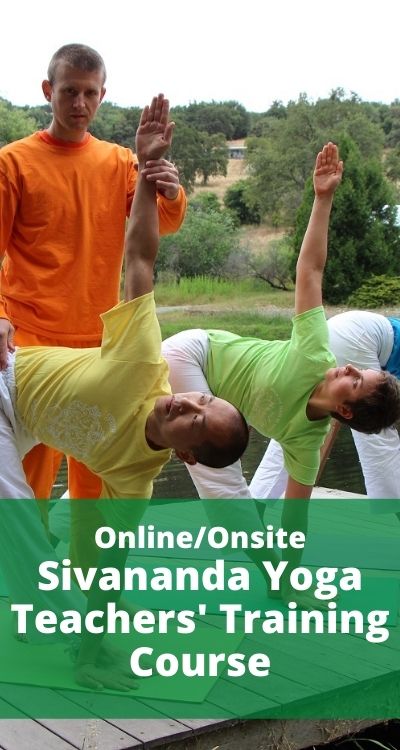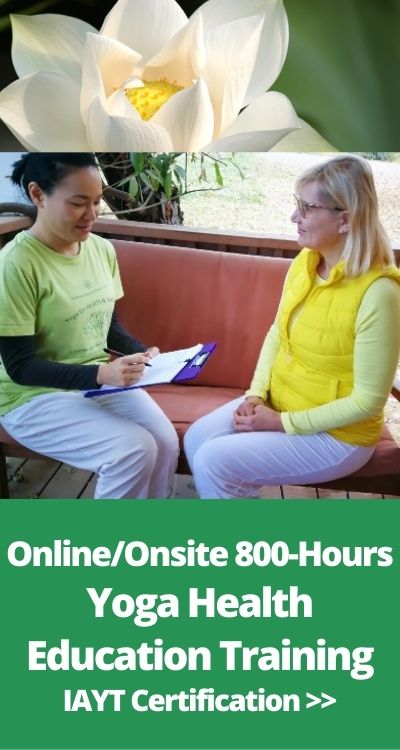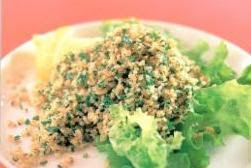

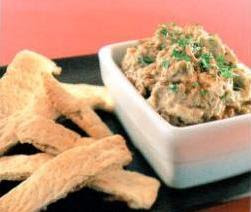
Baba Ganoush Recipe
Yoga of Recovery: Applied Ayurveda and Health
Yoga of Recovery (YoR) integrates the wisdom of yoga and Ayurveda with modern recovery tools, including the principles of 12-step programs. It is open to all who are looking to overcome self-destructive or addictive tendencies. This powerful combination is proving to be “the evolution of the solution”—offering individuals a truly empowering personal program of recovery.
So what does Ayurveda add to this program? YoR offers a unique perspective and presentation of Ayurveda. The topics selected from this vast system of knowledge are chosen to make Ayurveda instantly relatable, accessible, and current for people in recovery, to help shift their life trajectory. Ayurveda offers general advice for all of us; YoR presents this information in a way that allows the person to draw out what will help them most at their particular point of the recovery path—which is a lifetime journey.
Ayurveda is a humanistic and person-centered medicine. Addiction is a “significant social plague” that takes many forms in our modern-day society. It is bio-pscyhosocial-emotional-cultural-economic-political, etc. It is a disease of spirit, mind, and body and for that we need an understanding of ourselves at each of these levels and also an understanding of the disease at each aspect of our being so we can live the solution.
In my experience, in early recovery I often struggled with my emotional reactions and lack of energy. I also lacked a sufficient sense of self, so I constantly compared myself with others around me. The 12 Steps talk about our habit of comparing your insides to others’ outsides—I understood that and it helped a lot but I just did not understand my own system very well—it was in need of repair. I always felt I was “lacking in something,” that I could just not commit or sustain as well as others so I could not be as energetic or happy as they seemed to be. I resonated with the idea of constitution immediately, and could easily relate to the apparent differences I saw in both the physical structures and mindsets of the friends around me. It very quickly allowed me to release self-judgment and come to self-acceptance. It resolved many of my “shoulds”—I should be less angry, I should be more energetic, I should be more successful, etc. Also, it helped me release judgment around others—they should be more considerate, they should not start things and not finish them, they should be less dramatic, etc. I also saw how my compatibility with others was sometimes drawn from their constitutional proclivities balancing out my own, and how my difficulty with some personalities were a clash of those tendencies.
“Like increases like” is the basis of Ayurvedic medicine. I felt this at the level of relationships, especially in rooms filled with people suffering from the “character defects” that underlie all addictions—the one that is most ubiquitous being our tendency toward codependency—our ability to see in the other what is wrong but not be able to see or deal with it in ourselves.
We offer help to those who want to come off the pharmaceuticals they have been prescribed but find they are now dependent on them. The program is also open to anyone who wants to learn lifestyle and stress management skills. It has also been recognized as a key component from people recovering from cancer. The program is an integration of the philosophy of yoga and the physical yoga practices—hatha yoga, yoga nidra, restorative yoga, and pranayama. We also utilize the psychology of yoga and Ayurveda, using the model of the gunas: sattva, rajas, and tamas. We talk about the roots of the addictive behaviors: the main causative factor is the ego, the idea of having disconnection from spirit, disconnection from the life force, trouble in relationships and seeking sensual stimulation externally, constantly chasing the highs then feeling depleted by that process.
All of this helps people to manage their own wellness and long-term emotional sobriety. It is “Ayurveda applied”—taught using the language of recovery, making Ayurveda instantly accessible. 12 Steps and physical yoga practice are widely available. YoR teaches how to embody recovery—Between the mat and the meeting.

Baked Butternut Squash Recipe
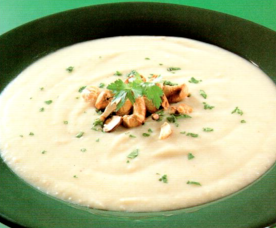
Nutty Parsnip Soup Recipe
